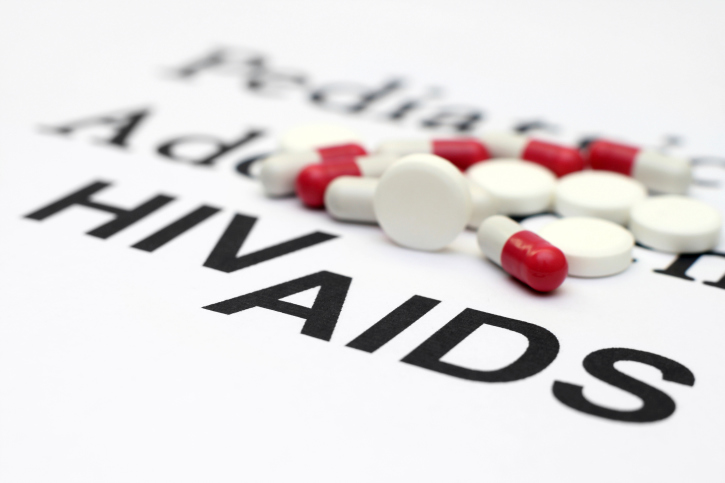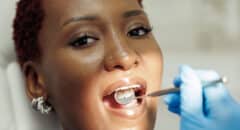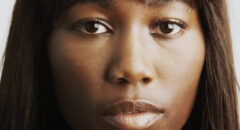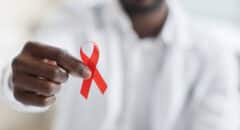
If current HIV rates continue, about half of gay and bisexual black men in the United States will be diagnosed with the AIDS-causing virus in their lifetime, a new government analysis says.
Gay and bisexual Hispanic males -- another population group at serious risk of HIV -- have a one in four chance of contracting HIV, according to the report from the U.S. Centers for Disease Control and Prevention.
READ: 15 Shocking Symptoms Of HIV
"As alarming as these lifetime risk estimates are, they are not a foregone conclusion. They are a call to action," said Dr. Jonathan Mermin, director of the CDC's National Center for HIV/AIDS, Viral Hepatitis, STD, and Tuberculosis Prevention. "The prevention and care strategies we have at our disposal today provide a promising outlook for future reductions of HIV infections and disparities in the U.S., but hundreds of thousands of people will be diagnosed in their lifetime if we don't scale up efforts now."
The study found the overall risk of HIV in the United States has dropped to one in 99 over a lifetime, the CDC reported. That's down from one in 78 about 10 years ago. But certain minority groups continue to be hit hardest.
Using diagnoses and death rates from 2009-2013, CDC researchers projected lifetime risk of HIV diagnosis by sex, race and ethnicity, state and more.
READ: Blacks With HIV Still Less Likely To Get Treatment - But Why?
The nation's HIV epidemic still hits gay and bisexual men the most. CDC researchers predict that one in six will be diagnosed with HIV in their lifetime. For gay or bisexual black males, the rate is one in two; for gay or bisexual Hispanic men, one in four; and for gay or bisexual white males, one in 11, the CDC said."These estimates are a sobering reminder that gay and bisexual men face an unacceptably high risk for HIV and of the urgent need for action," said Dr. Eugene McCray, director of CDC's Division of HIV/AIDS Prevention. "If we work to ensure that every American has access to the prevention tools we know work, we can avoid the outcomes projected in this study."
READ: HIV/AIDS: 6 Ways To Protect Yourself Beyond Condoms
In general, black people have the greatest lifetime HIV risk -- one in 20 for men and one in 48 for women, the analysis showed. The overall lifetime HIV infection rate in white men is one in 132, while for white women, it's one in 880, the CDC said.
Others at high risk, according to the report, include injectable drug users, particularly women who inject drugs.
Southerners also have greater odds of a lifetime HIV diagnosis compared to other Americans, according to the report. Residents of the nation's capital face the worst odds -- one in 13 for those in Washington, D.C. -- followed by one in 49 in Maryland, and one in 51 in Georgia.
The study was scheduled to be presented Tuesday at the Conference on Retroviruses and Opportunistic Infections in Boston. Findings presented at meetings are generally viewed as preliminary until they've been published in a peer-reviewed journal.
SOURCE: U.S. Centers for Disease Control and Prevention, Feb. 23, 2016, presentation, Conference on Retroviruses and Opportunistic Infections, Boston






